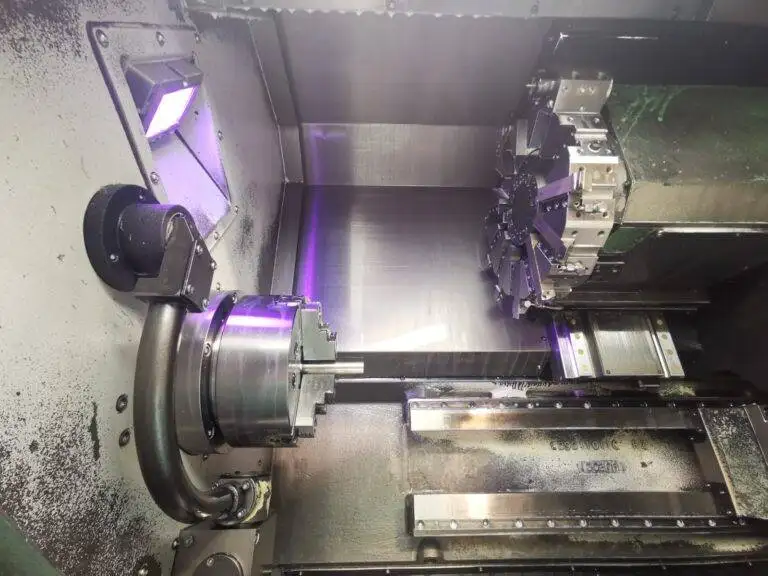The Art of Metal Surface Finishing: A Detailed Overview

Metal surface finishing is a broad term that refers to the process of altering the surface of a metal part to enhance its appearance or improve its performance. This can involve cleaning, polishing, coating, or otherwise treating the surface. This article will explore the various methods and applications of metal surface finishing.
Understanding Surface Finishing
Surface finishing is crucial for many reasons. It can enhance the appearance of a metal part, making it shiny and attractive. It can also protect the part from corrosion, wear, and other forms of degradation. Moreover, it can improve the part’s performance by reducing friction, improving conductivity, or providing other functional benefits.
Types of Surface Finishing
There are many types of surface finishing, including:
- Mechanical Finishing: This involves physically altering the surface of the metal. It can include processes like grinding, polishing, buffing, blasting, and more. These processes can remove imperfections, smooth the surface, or create a specific texture.
- Chemical Finishing: This involves using chemicals to treat the surface. This can include processes like etching, passivation, and chemical polishing. These processes can clean the surface, protect it from corrosion, or create a specific finish.
- Coating: This involves applying a layer of material to the surface. This can include processes like painting, plating, and thermal spraying. These processes can protect the surface, improve its appearance, or provide functional benefits like improved conductivity or reduced friction.
Applications of Surface Finishing
Surface finishing is used in a wide range of industries. In the automotive industry, it’s used to create shiny, attractive parts and to protect parts from corrosion and wear. In the electronics industry, it’s used to improve conductivity and protect components. In the aerospace industry, it’s used to reduce friction and protect parts from the harsh conditions of flight.
Surface Finishing Equipment
The equipment used in surface finishing can range from simple hand tools to sophisticated, automated machinery. The choice of equipment depends on the type of finishing being done, the material, and the specific application.
Quality Control in Surface Finishing
Quality control is crucial in surface finishing. The finished surface must meet specific standards for appearance, texture, and performance. Various testing and inspection methods are used to ensure quality, including visual inspection, surface roughness measurement, and coating thickness measurement.
Environmental Considerations
Surface finishing can have environmental impacts, particularly when it involves the use of chemicals or generates waste. Therefore, it’s important to use environmentally friendly processes and to properly manage and dispose of waste.
Conclusion
Metal surface finishing is a complex and essential process in many industries. It requires a deep understanding of the materials being used, the finishing processes, and the desired outcome. With this knowledge, one can create parts that not only look good but also perform well and last longer. Whether you’re making jewelry, cars, or electronic devices, surface finishing is a skill that’s indispensable in the modern world.






You must be logged in to post a comment.